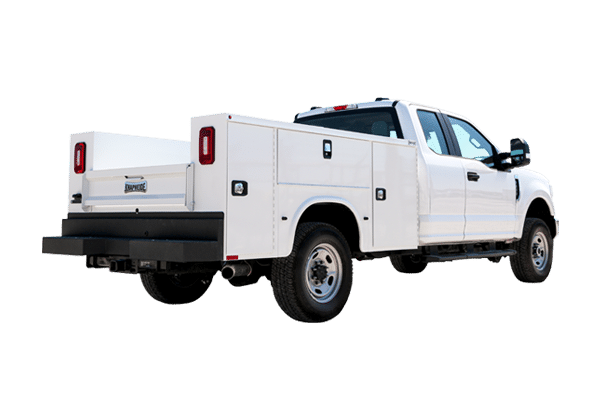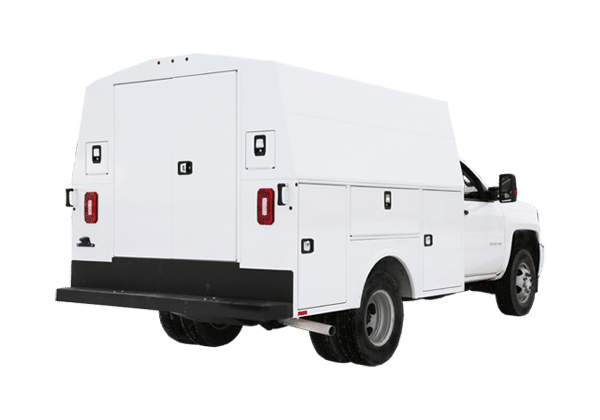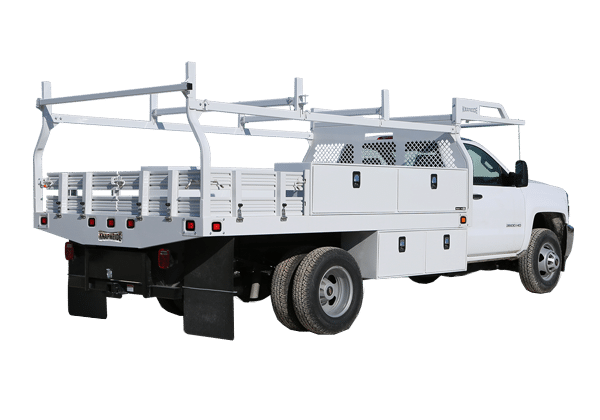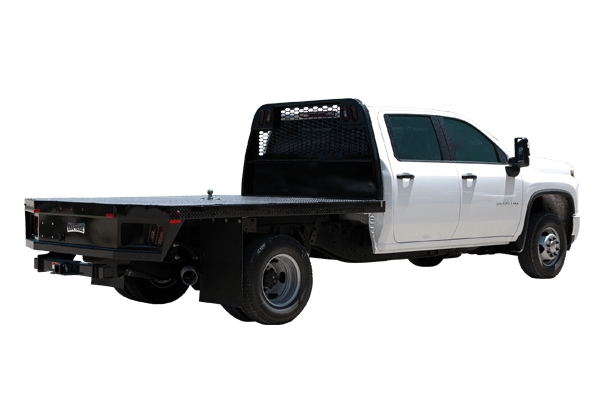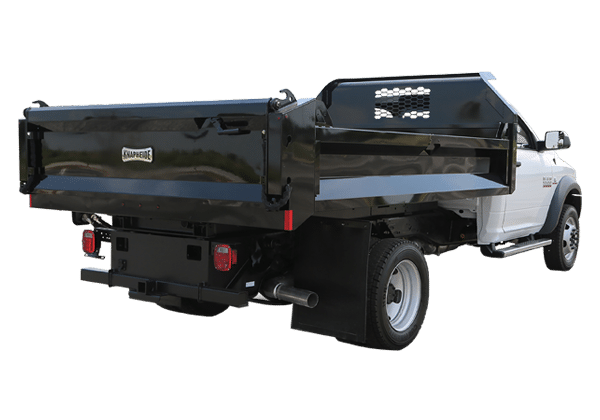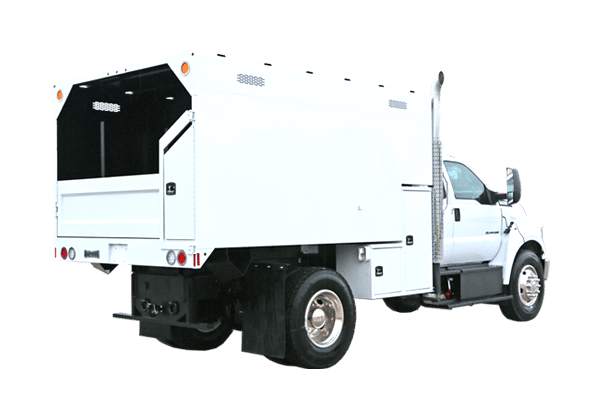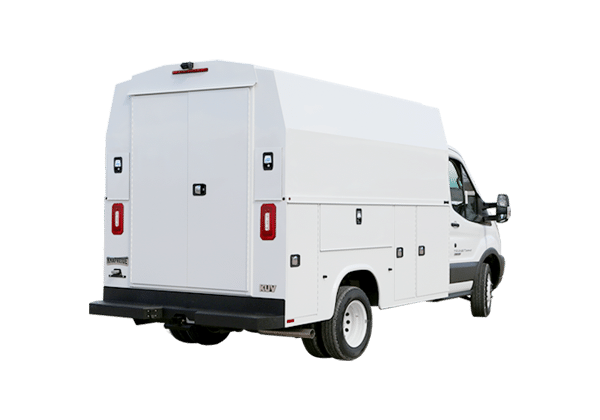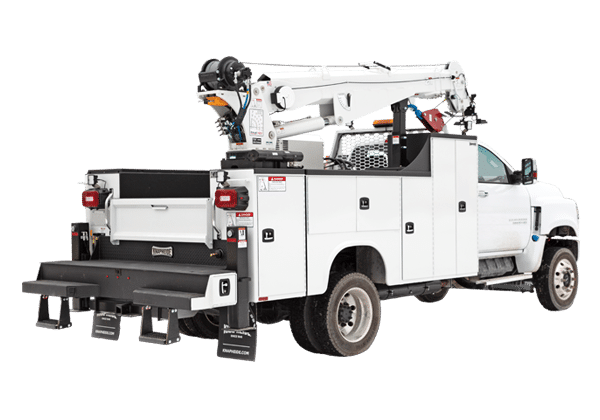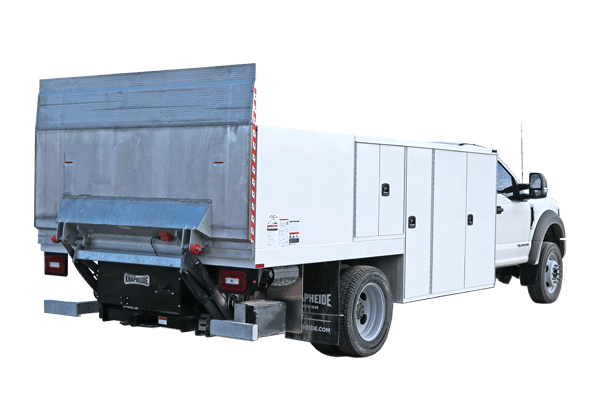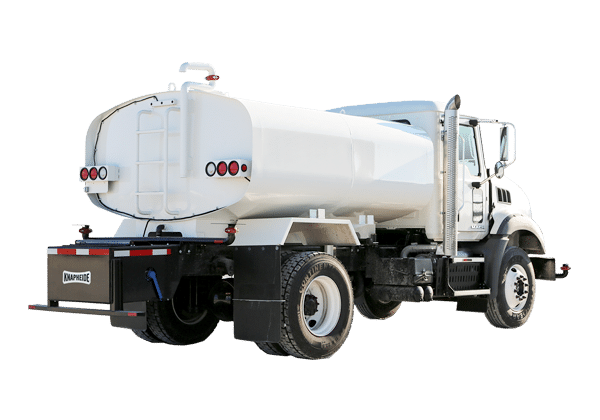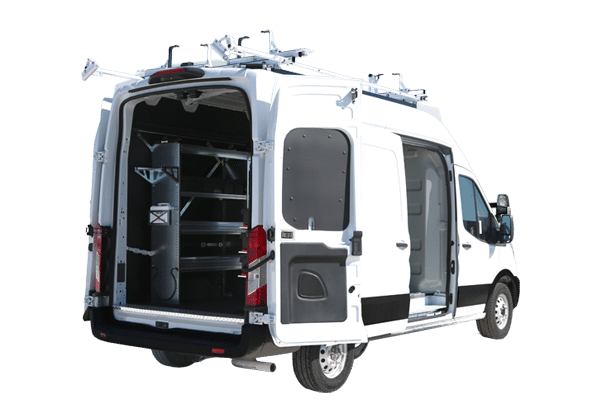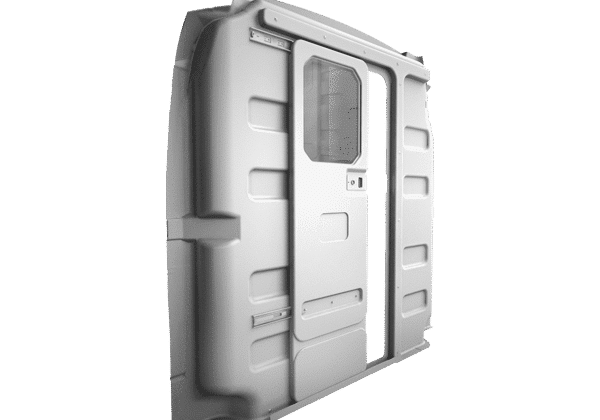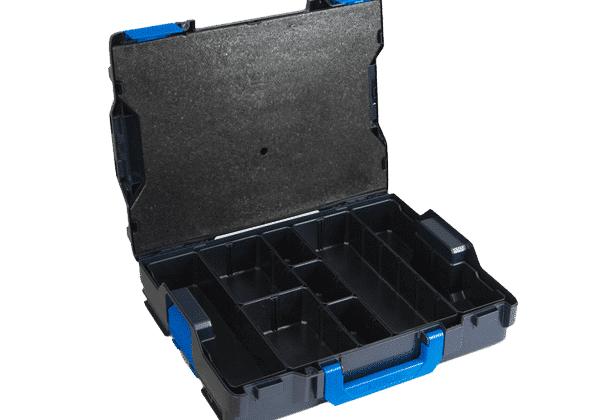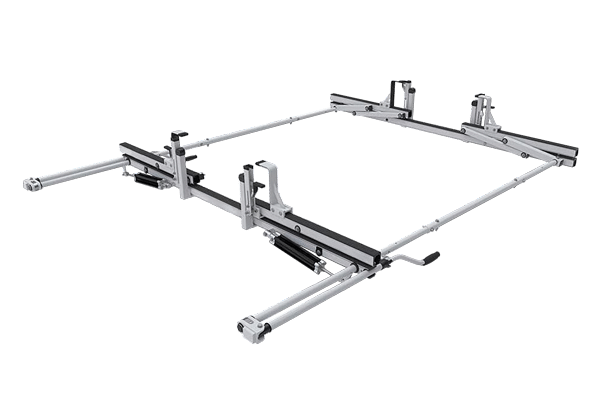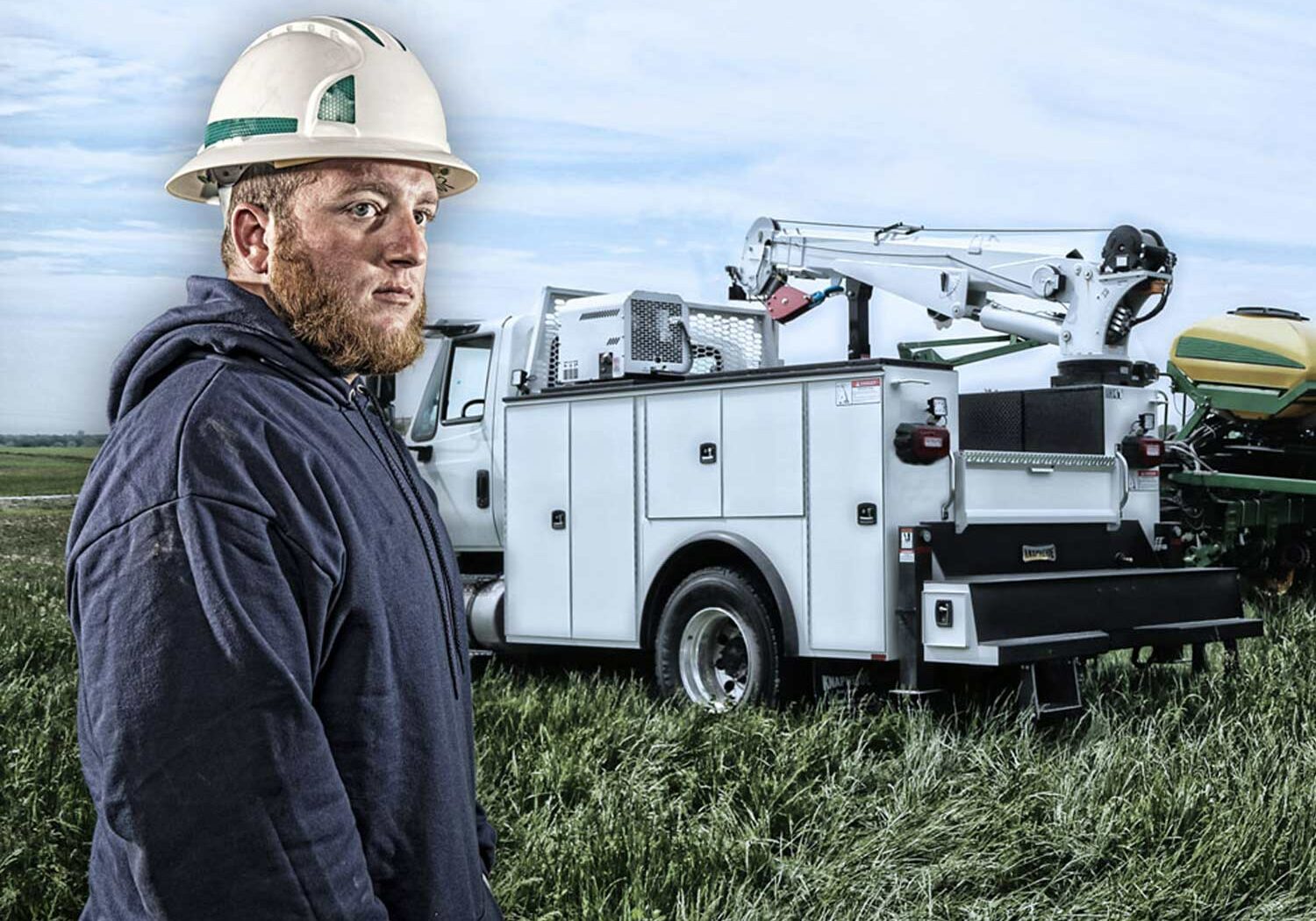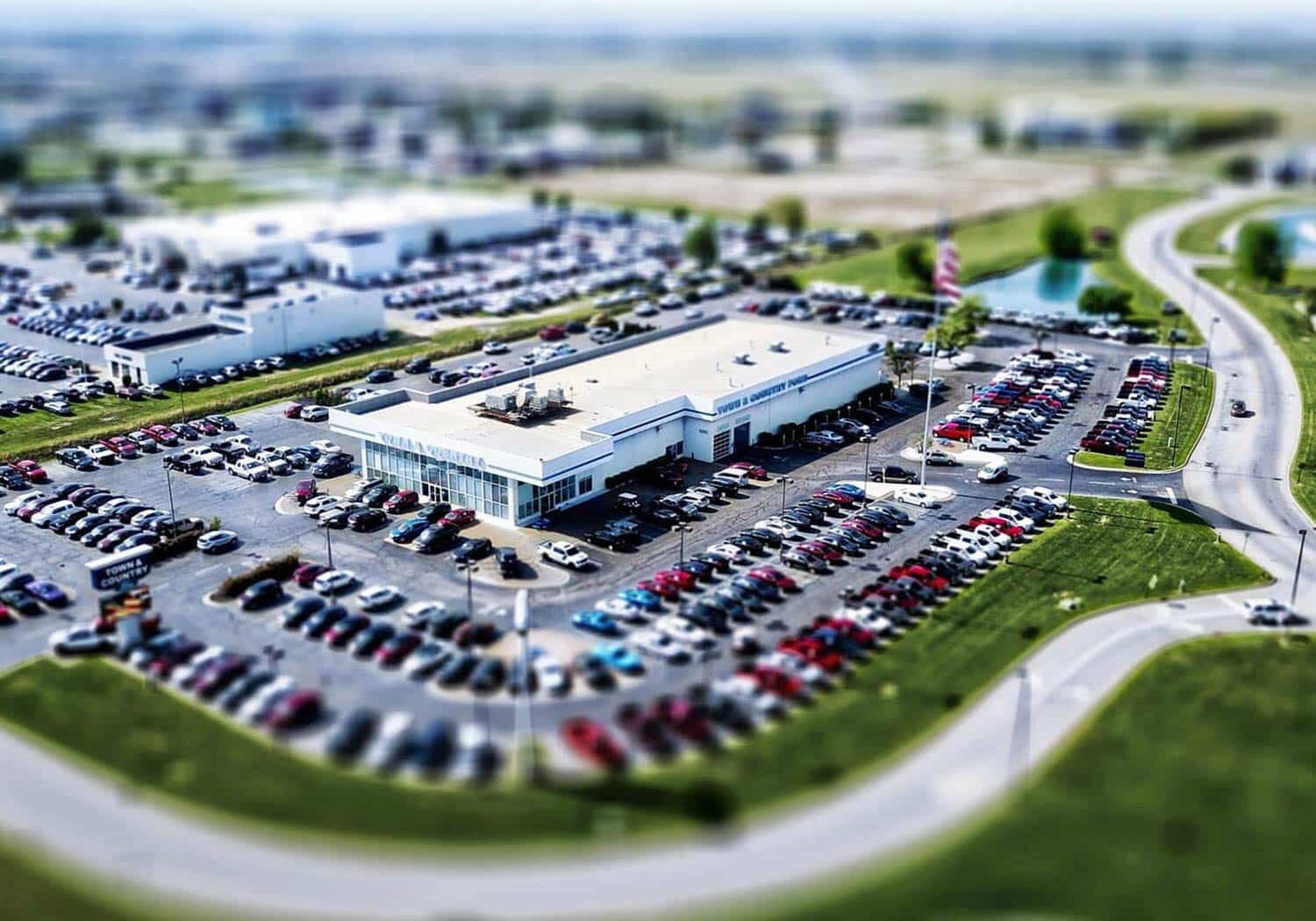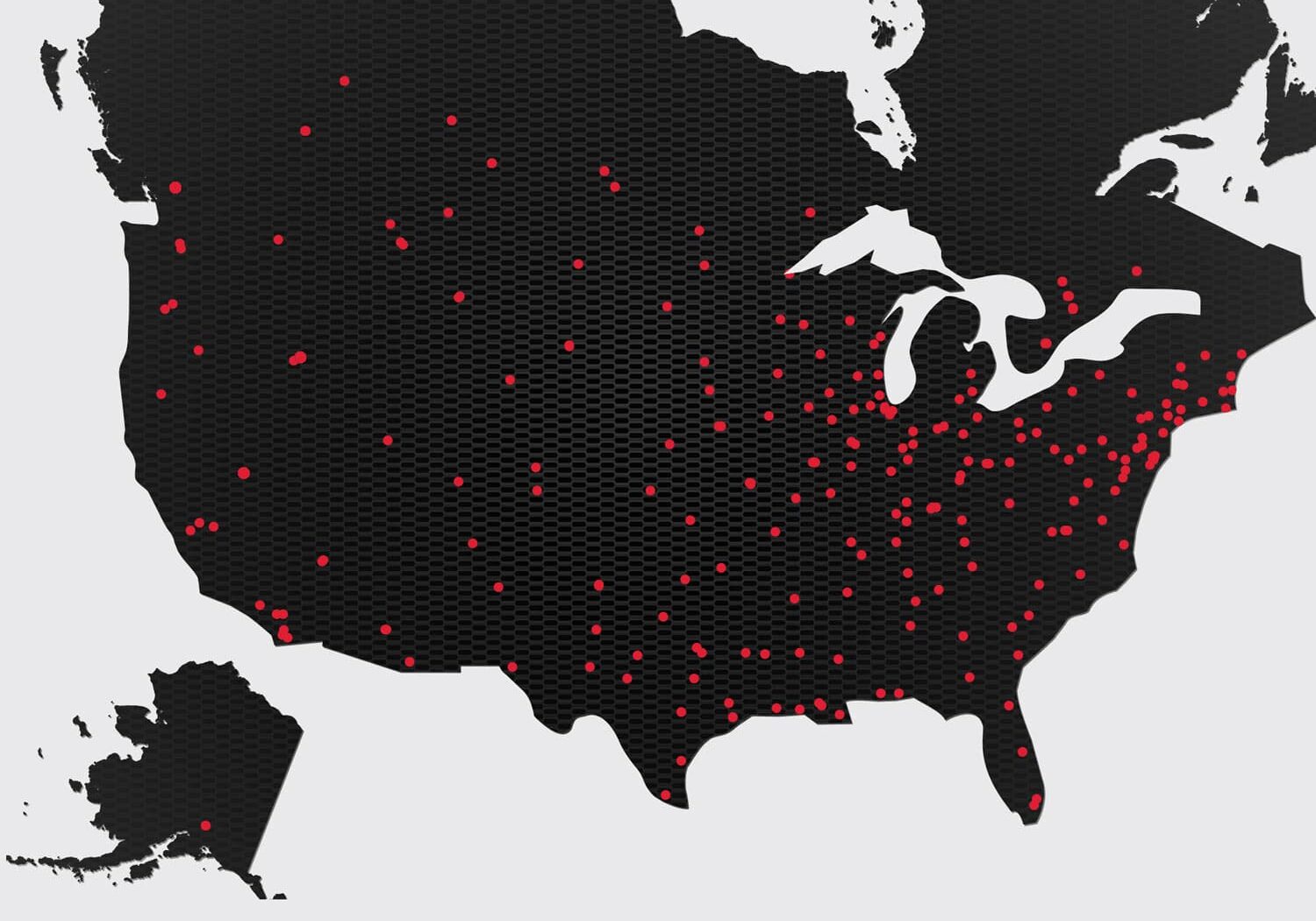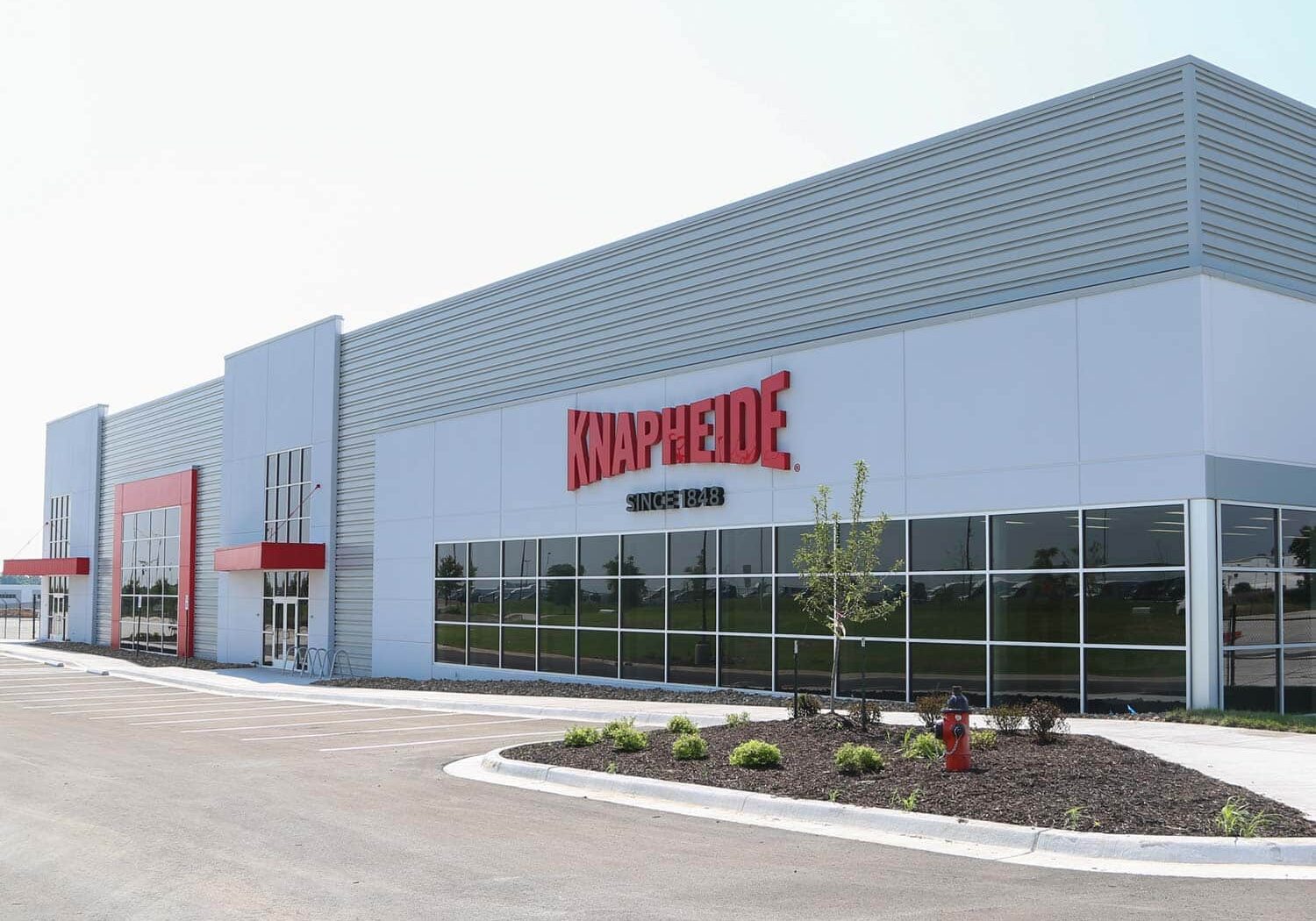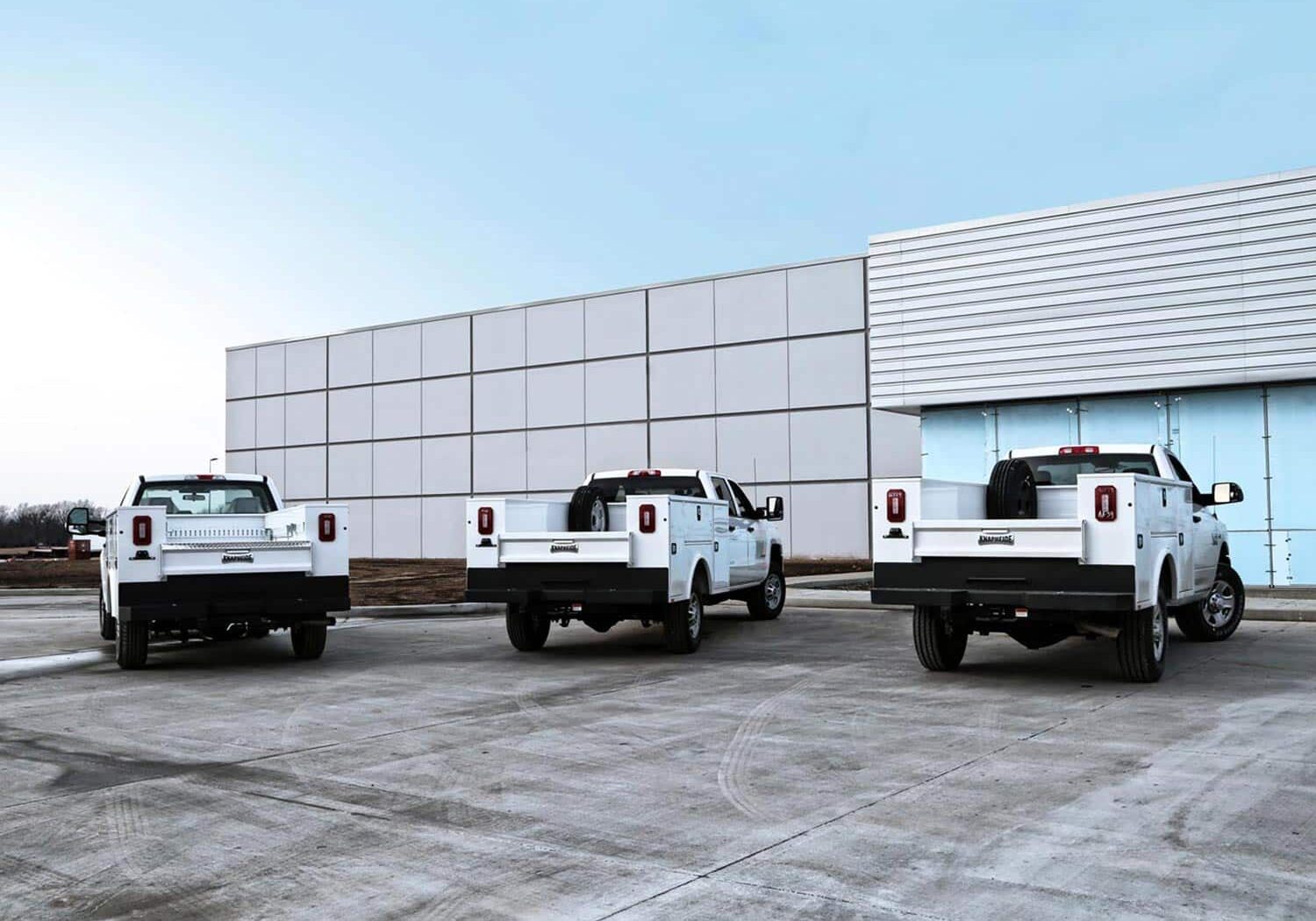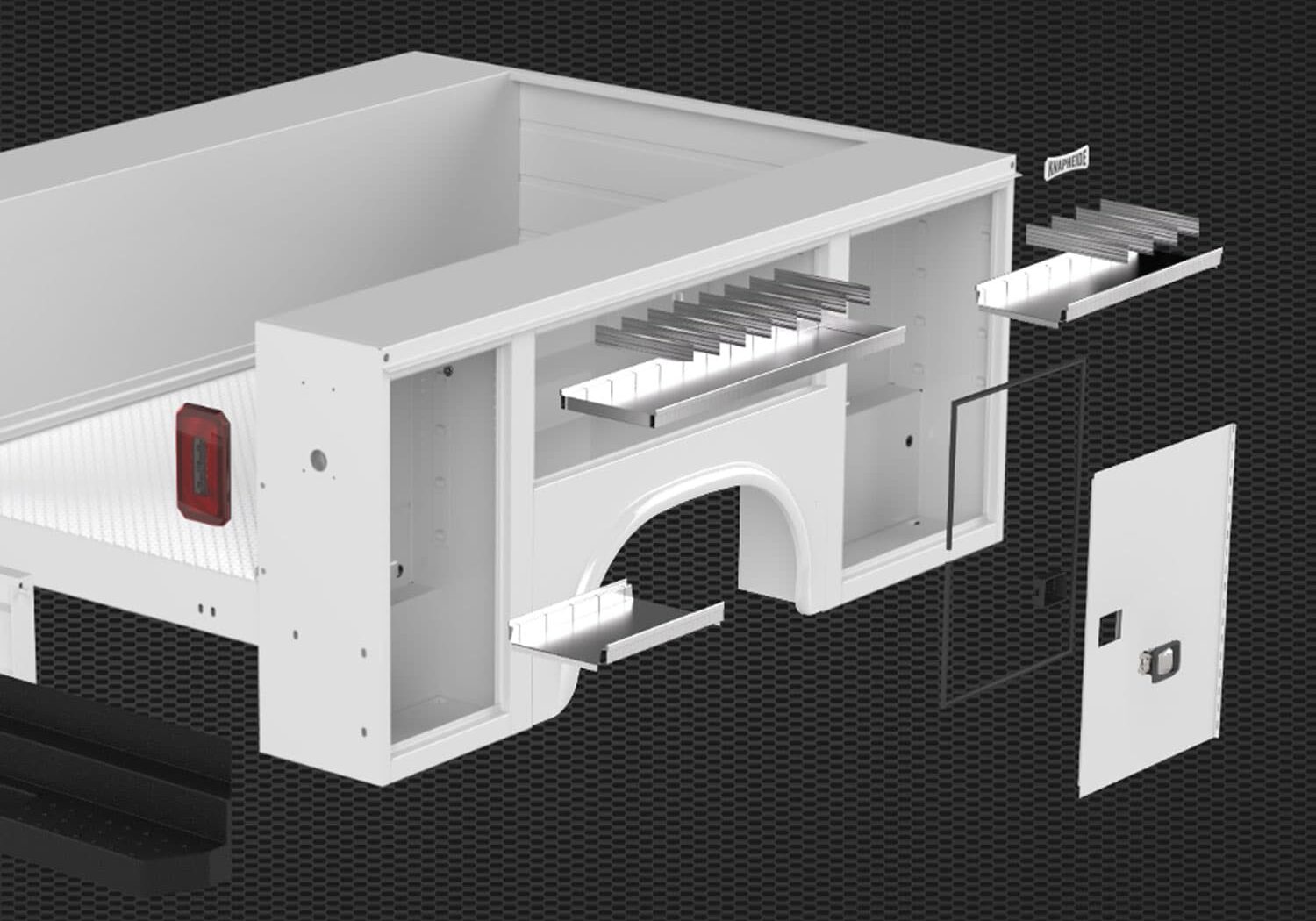Publish Date
June 14, 2024
Social Share
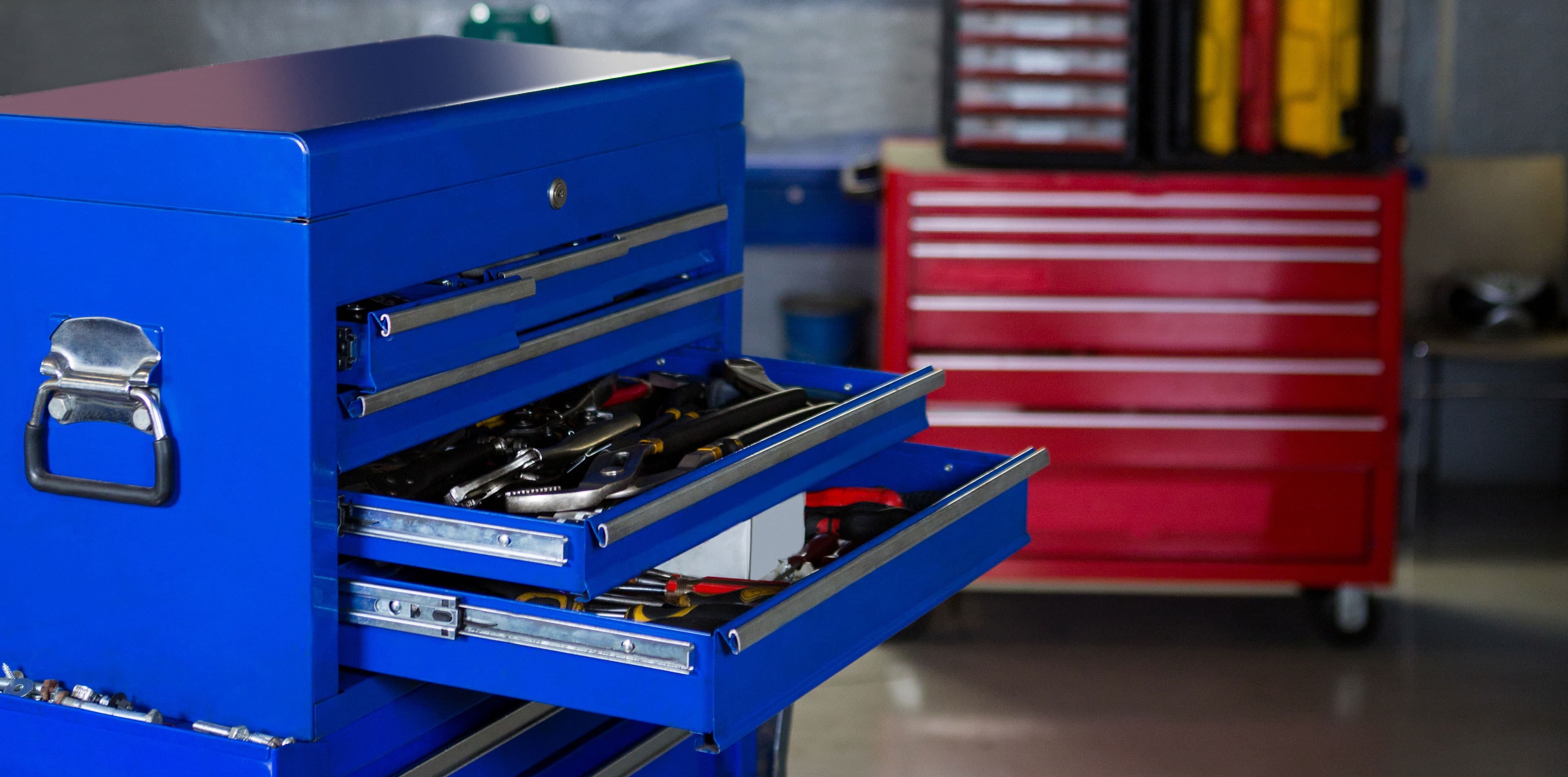
While your Google search will return more than 1.1 billion results for the query “how to increase efficiency”, it’s unlikely that you’ll find game-changing information for increasing your shop’s efficiency amongst them (unless, of course, you scour through them all).
But why is that?
Well, many of those high-ranking sites are touting tips, tricks and strategies for increasing personal, professional or employee efficiency. They include suggestions like planning, delegating tasks and setting goals, all of which are great. But they’re not exactly ways you’re going to level up your shop’s efficiency. (At least, they shouldn’t be. And if they are, you’re going to need to start with those.)
So, what’s next?
If you search “how to increase shop efficiency”, you’ll be presented with roughly 156 million results, many of which differ from the original search. These results focus mainly on increasing efficiency through communication, automation and general organization. And if you’ve already optimized or fully utilized them (at least to the extent of your budget), it may feel like you’re running out of options. But that’s not the case!
It may be time to consider adopting, and encouraging your employees to adopt, a kaizen mindset.
What is Kaizen?
The term kaizen is a combination of two Japanese words: kai, which is often translated to the word change, and zen, which is translated to good. And although the literal translation of kaizen is change good, it is often translated to the term continuous improvement, or making changes for the better.
Kaizen is more than just a word representing continuous improvement, though. It’s also a business philosophy, one that’s been developed and popularized over the past century. (In terms of its application to businesses, kaizen is most famously associated with Toyota. There are currently millions of articles on the web about its use within Toyota and its production system.) It encourages all employees to identify areas for improvement, make suggestions and work together to make small, incremental changes, which can lead to significant improvements over time.
Implementing Kaizen in Your Shop
The implementation of kaizen begins with a mindset shift and focus on its three pillars: housekeeping, elimination of waste and standardization.
Housekeeping
This should be simple if you’ve already mastered the recommendations listed in your search results. (We’re mainly referring to that general organization here).
Make sure that your shop, especially in the work areas, is clean and clear of clutter. If you store equipment and materials elsewhere, that space also needs to be organized and tidy.
Why?
Because when you and your employees have a workspace that is neat and orderly, where tools and materials are easy to find, less time is wasted when locating them.
Elimination of Waste
So, you’ve eliminated the waste. Your shop is organized, and the team no longer spends time searching for tools and materials. On to the next thing, right?
Well, not quite yet.
It’s true that through housekeeping, you’ll eliminate some wasted time, but that doesn’t mean that there aren’t other instances of wasted time, energy, wear, cost, etc., in your processes. Think about things like transportation and over-processing, where they’re not really adding to your shop’s productivity. These are more obvious examples. But there are sneakier ways that waste is showing up, too…
Cue your tools again!
Although you may not realize it, even organized, the placement of the tools and materials matters.
Think about it.
What do you or your shop employees often reach for? Is it something like a drill that lives on top of a work bench? If you moved that drill, maybe an inch or two, or to the opposite side of the bench where it’s closer to you, would that reduce the time it takes you or the employee to grab it and return to work?
Making changes like these, although small, improves efficiency. And over time, these incremental changes add up and may lead to significant improvements.
Standardization
Now, let’s move on to how things are done.
When it comes to standardization within the context of kaizen, you’re going to need to identify the best methods for performing tasks and processes. Then, turn them into your norm. But the change won’t be instantaneous, especially if it isn’t already a practice you currently employ in your shop.
To implement standardization, you’ll need to:
- Identify the best practices
- Document those procedures
- Train and educate your employees
- Continue to evaluate and tweak the practices/procedures as changes occur or when you find new ways to further optimize and refine them
By incorporating standardization into your operations, you’ll find that your consistency, predictability and quality will improve, and your efficiency should increase. (Not to mention your overall customer satisfaction!)
Through these changes and embracing kaizen, you and your team can unlock the full potential of your shop’s operations and increase your efficiency. And in today’s competitive landscape, that’s a must! So, get started today by shifting your mindset and taking the first step!
Psst! Want to learn about Knapheide’s journey of operations optimization? Check out our Optimizing Operations in Manufacturing blog here!

